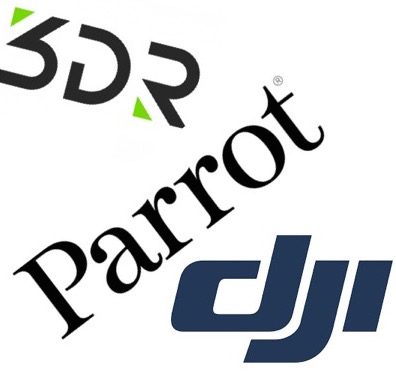
When 3DR announced earlier this year that they would be laying off workers to focus on the enterprise market, they were clear that the company was making the shift because they were clearly losing the price war in consumer drones to DJI. “We got knocked down for a really simple reason: We made too many Solos, especially given how fast our competitors dropped prices and flooded the market,” 3DR’s new President, Jeevan Kalanithi wrote in a company email.
MarketWatch, in reporting the story, quoted co-founder Chris Anderson with saying that 3DR would focus more on developing commercial products like Site Scan, an aerial analytics platform it launched early this year. The system uses a tablet from Sony and a GoPro camera – and it starts at $3,249 for the hardware.
While 3DR has moved it’s manufacturing from Mexico to China in an effort to compete with DJI, it might be a case of too little, too late. As DJI shifts focus also to offer more drones that can be used commercially, the company is rapidly changing its marketing of the Phantom 4 – which retails for about $1400 – to cover the lower end of the commercial market. DJI’s Phantom drones “hover on the border of the consumer and professional markets,” says Robohub. In fact, China-based DJI offers a suite of professional drones that cover the price points from $5000 down to $1400, and with a tight loop between development and manufacturing, they are adding new models rapidly.
French drone manufacturer Parrot is also firmly in the mix. Henri Seydoux, Parrot’s CEO, was ahead of other manufacturers in realizing that the company needed to differentiate itself in order to capture market share in the competitive consumer drone market. Predicting that 2016 would be a “bloody year” for drone manufacturers, as cutthroat pricing competition ramped up, Parrot set out early to carve out a specific pricing niche for themselves: Parrot’s popular consumer Bebop drones are small, easy to use, and have a price tag of just $500.
But Parrot has staked their claim for a particular price point in the professional arena too. Sensefly, a Parrot company, is dedicated to professional drones; and the eBee professional mapping drone runs a cool $25,000. This is a bold move on Parrot’s part, and so far, it has been a successful one. The eBee drones do not compete against a Phantom 4; they compete against airplanes, helicopters, and satellite solutions that were previously required to perform the same functions. By focusing efforts on highly sophisticated enterprise drones, designed specifically for agriculture and industry, Sensefly has put itself on a totally different playing field from the one 3DR, DJI and Parrot play on in consumer drones.
The question becomes whether consumer-drone manufacturers like 3DR and DJI will be able to carve out their own specific niche and price point, and if they will be able to do it quickly enough to capture the inflection point of the enterprise market. If 2016 will be a “bloody year” for manufacturers, the battle has begun.

Miriam McNabb is the Editor-in-Chief of DRONELIFE and CEO of JobForDrones, a professional drone services marketplace, and a fascinated observer of the emerging drone industry and the regulatory environment for drones. Miriam has penned over 3,000 articles focused on the commercial drone space and is an international speaker and recognized figure in the industry. Miriam has a degree from the University of Chicago and over 20 years of experience in high tech sales and marketing for new technologies.
For drone industry consulting or writing, Email Miriam.
TWITTER:@spaldingbarker
Subscribe to DroneLife here.